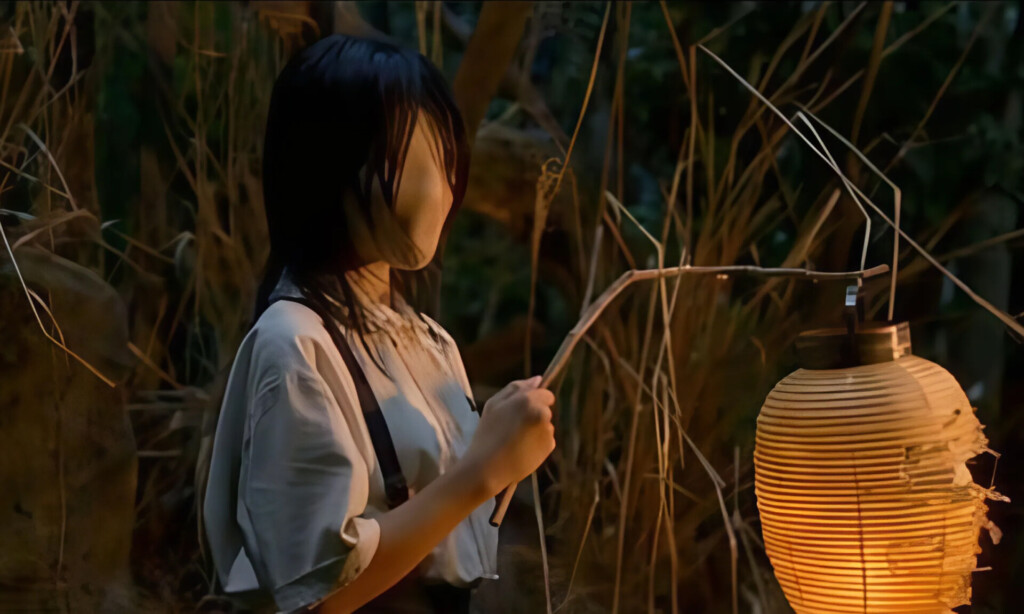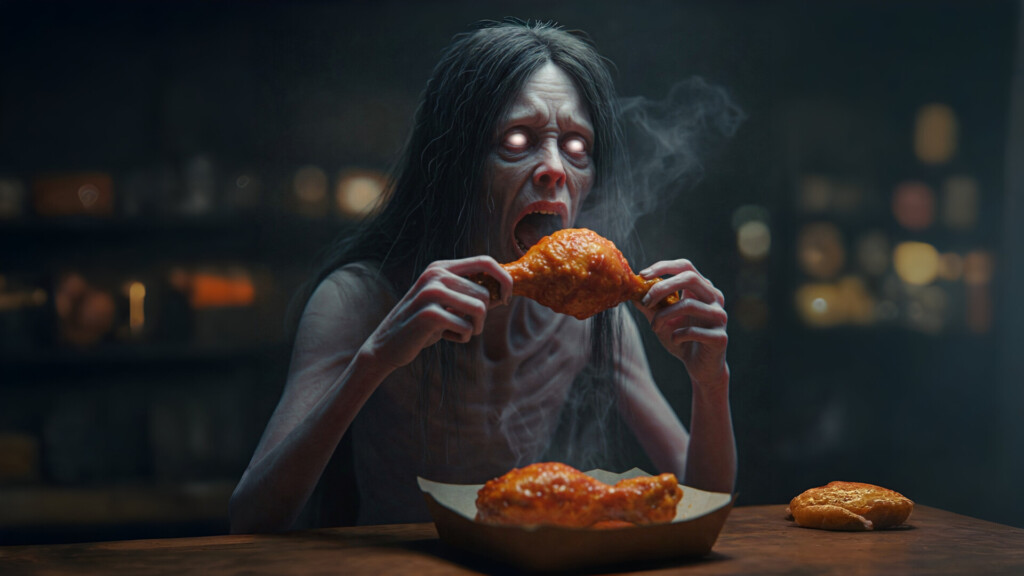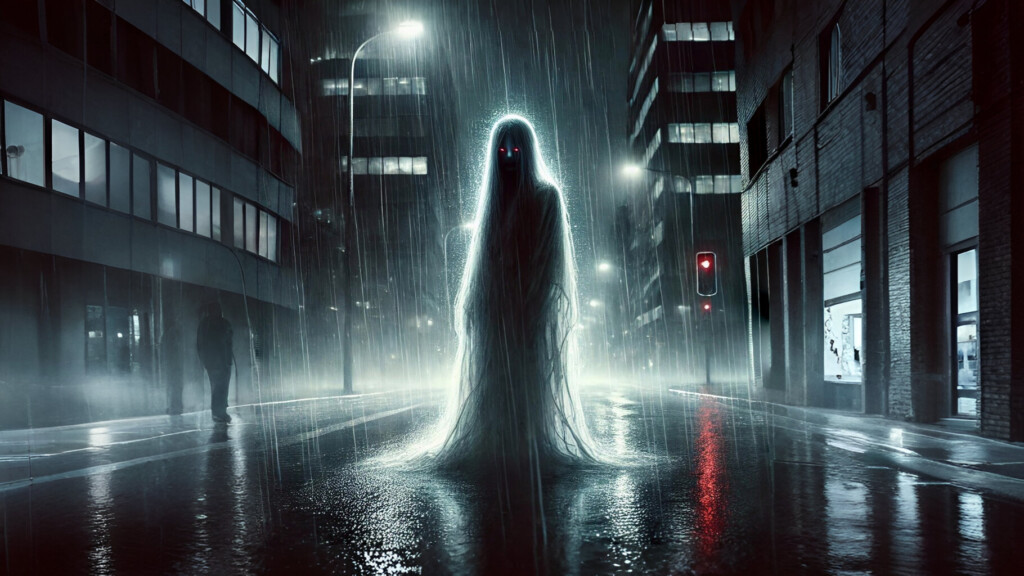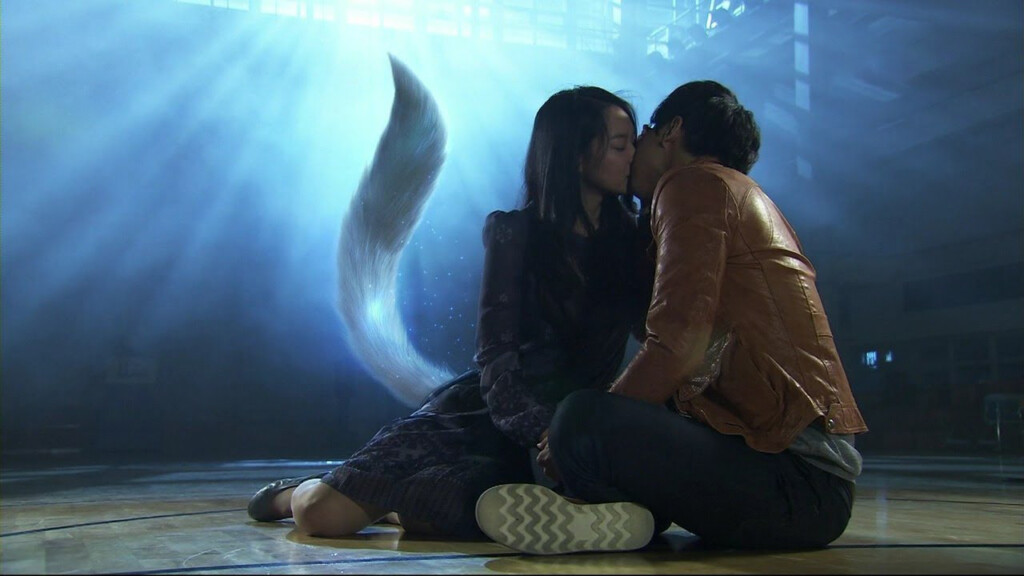South Korea is not only famous for K-pop and K-dramas but also has a rich collection of terrifying ghost legends. These spirits are said to roam the streets, hidden in every dark corner of the country. Below is a detailed profile of the six scariest Korean ghosts—figures that frequently appear in folklore, films, and even historical records. These stories are not just for entertainment; they also contain deep cultural, social, and spiritual lessons.
Top 6 Korean Ghosts That Will Haunt Your Dreams
1. Cheonyeo Gwishin (처녀귀신) – The Virgin Ghost

👻 Ghost Age: Unknown, but forever young.
🎭 Hobbies: Haunting men, crying at night, standing near wells.
⚧️ Gender: Female.
💪 Abilities: Sudden appearances, floating, turning off lights, making eerie sounds, possessing the living.
🗓️ Origin: Dates back to the Joseon Dynasty, often mentioned in folk tales and exorcism rituals.
👗 Appearance: Wears a white hanbok (소복), has long hair covering her face, pale skin, and feet that do not touch the ground.
🧭 Cultural Significance: Symbolizes resentment and injustice in Korea’s patriarchal past, where unmarried women who died were believed to be unable to pass on to the afterlife.
Description
Cheonyeo Gwishin is one of the most common ghostly images in Korean folklore. In the past, it was believed that if a woman died unmarried, her soul would be doomed to wander forever. Special rituals like 혼례굿 (Hollye-gut)—a spiritual wedding ceremony—were performed to “marry off” these ghosts, allowing them to move on.
According to legend, Cheonyeo Gwishin often appears at night, especially in deserted places. One man, after getting lost in the forest, encountered a young woman in a white hanbok. As he stepped closer, he realized she had no feet—a terrifying sight, often considered a sign of ghost possession, such as sudden personality changes, unexplained illnesses, or the unsettling feeling of being watched.
2. Dalgyal Gwishin (달걀귀신) – The Faceless Ghost

👻 Ghost Age: Indeterminate.
🎭 Hobbies: Appearing suddenly, standing silently while staring at people.
⚧️ Gender: Unknown.
💪 Abilities: Psychological terror, haunting dreams, causing madness or suicide.
🗓️ Origin: Found in Korean folk legends and depicted in Joseon-era paintings.
👗 Appearance: A blank, featureless face with no eyes, nose, or mouth.
🧭 Cultural Significance: Represents forgotten souls, those erased from history and society.
Description
Dalgyal Gwishin, or “Egg Ghost,” has no facial features at all. Legends say these spirits belong to those who were completely forgotten after death, erased from existence, losing their identity over time.
In the book “한국 귀신전설” (Korean Ghost Legends), there is a story of a man haunted by a Dalgyal Gwishin. After seeing it in his dreams, he became paranoid, constantly feeling as if someone was watching him—even when no one was around.
3. Jokbal Gwishin (족발귀신) – The Chicken Foot Ghost

👻 Ghost Age: At least several decades old.
🎭 Hobbies: Knocking over food, inducing nausea, haunting diners.
⚧️ Gender: Female.
💪 Abilities: Haunting restaurants, especially those selling jokbal (pig’s feet).
🗓️ Origin: Urban legend originating from Seoul’s street food stalls.
👗 Appearance: Has chicken-like feet and often lurks in the shadows of eateries.
🧭 Cultural Significance: Represents hunger and the spirits of those who died from starvation.
Description
Jokbal Gwishin is the ghost of a starving woman who died after being denied food at a restaurant. Since then, her spirit has haunted street food stalls, particularly those selling 족발 (jokbal, braised pig’s feet).
Some people claim that while eating alone, they have seen a woman sitting across from them. But when they looked up—she was gone.
4. Gongnyong Gwishin (공룡귀신) – The Dinosaur Ghost

👻 Ghost Age: Unknown but often appears during seasonal changes.
🎭 Hobbies: Creating loud noises, shaking the ground.
⚧️ Gender: Unknown.
💪 Abilities: Creating loud noises, shaking the ground.
🗓️ Origin: A modern legend based on strange happenings in rural Korean villages.
👗 Appearance: Resembles a dinosaur, with large feet and footprints.
🧭 Cultural Significance: Represents the connection between humans and the wild, embodying fears of the unknown.
Description
Gongnyong Gwishin is one of Korea’s strangest ghostly figures, resembling an extinct dinosaur. Stories of its appearances are most common in rural areas, where the boundary between the living and the supernatural is believed to be thin. Locals claim that on moonlit nights, they hear its heavy footsteps echoing through abandoned fields.
5. Hwangu Gwishin (황구귀신) – The Red-Eyed Ghost

👻 Ghost Age: Said to exist eternally, never finding peace.
🎭 Hobbies: Hiding in coastal fog, seeking revenge on the living.
⚧️ Gender: Female.
💪 Abilities: Causing weak-hearted individuals to drown or meet fatal accidents near the sea.
🗓️ Origin: Passed down through stories among fishermen and coastal communities.
👗 Appearance: Glowing red eyes, long black hair, thin and pale body, wearing a traditional hanbok.
🧭 Cultural Significance: Represents vengeance, particularly of those who drowned and were never given proper burials.
Description
Hwangu Gwishin, or “Red-Eyed Ghost,” is the spirit of a woman who drowned in a maritime accident and was never found. Legends say she became a vengeful ghost, appearing at night with blood-red eyes, seeking revenge on those who disrespect her memory.
According to folklore, fishermen along the coast where she died must be careful—because if they ever see Hwangu Gwishin’s red eyes, they will never return home.
This ghost has been mentioned in Korean horror books and depicted in films, always as a chilling representation of unresolved vengeance lurking near the sea.
6. Gumiho (구미호) – The Nine-Tailed Fox
👻 Ghost Age: Over 100 years old.
🎭 Hobbies: Deceiving men, attacking unsuspecting victims.
⚧️ Gender: Female, with fair skin and long legs 😘.
💪 Abilities: Shape-shifting, draining life energy, consuming human flesh to extend lifespan.
🗓️ Origin: A legend passed down in Korean folklore, originating from a fox that gained spiritual power.
👗 Appearance: A beautiful woman with a long, bushy fox tail.
🧭 Cultural Significance: Represents seduction, evil, and deception. Cửu vĩ hồ is often seen as a symbol of danger, lurking beneath beauty and charm.

Description
Gumiho, or the Nine-Tailed Fox, is a creature from Korean mythology. It is said to be a fox that has transformed into a human form, typically appearing as an enchanting woman. This ghostly figure has the ability to transform and deceive men, luring them to their doom.
In many stories, the Gumiho sustains its life force by consuming human flesh or blood. Once a fox spirit, it uses its allure to attract victims, often leading them into traps where they meet their unfortunate end.
Some legends suggest that after living for centuries, the Gumiho can either become a peaceful being or remain a malicious entity, depending on how it evolves over time.
Old Ghosts’ Reminder: Live Fairly, Fear No Haunting
Ultimately, these ghosts are not just symbols of terror but also reminders of injustice and societal failures. They urge us to build a world where everyone’s voice is heard, where justice prevails, and where unresolved grievances are acknowledged—so that both the living and the dead can find peace.
